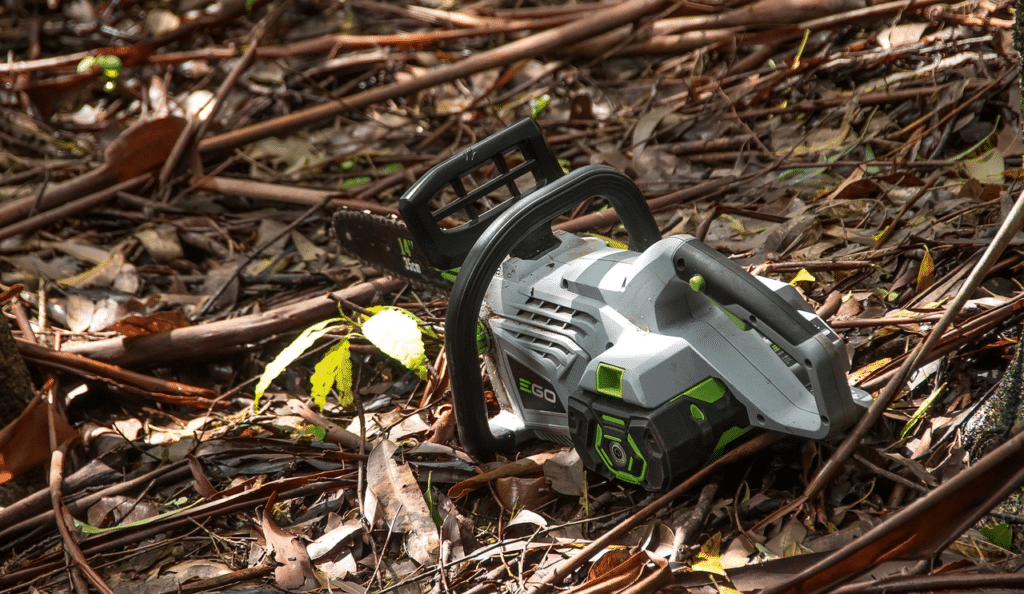In the realm of firewood preparation, an electric log splitter stands out as a game-changer, simplifying the arduous task of splitting logs with efficiency and precision. Understanding how this modern marvel operates can shed light on its effectiveness and appeal to homeowners and professionals alike.
The Basics of Electric Log Splitters
Electric log splitters are mechanical devices designed to split logs into smaller sections, facilitating easier handling and use as firewood. Unlike traditional methods that rely on manual labor or gas-powered machinery, electric log splitters harness the power of electricity to streamline the splitting process.
Components of an Electric Log Splitter
An electric log splitter comprises several key components, each playing a crucial role in its operation:
| Component | Description |
|---|---|
| Motor | Powers the hydraulic system to generate splitting force |
| Hydraulic Cylinder | Converts hydraulic pressure into mechanical force |
| Wedge | Splits logs by exerting pressure along the grain |
| Control Mechanism | Enables users to operate the splitter safely and efficiently |
Working Mechanism

The working mechanism of an electric log splitter is both intricate and efficient, allowing it to swiftly transform large logs into manageable pieces. Here’s a step-by-step breakdown of how it operates:
- Power Source: An electric log splitter is connected to a power source, typically a standard household electrical outlet.
- Motor Activation: Upon powering on the splitter, the electric motor springs into action, generating the necessary power to drive the hydraulic system.
- Hydraulic Pressure: The electric motor activates a hydraulic pump, which pressurizes hydraulic fluid stored in a reservoir.
- Force Generation: The pressurized hydraulic fluid is directed towards a hydraulic cylinder, where it exerts immense force on a piston connected to a splitting wedge.
- Log Placement: The operator places a log onto the splitter’s platform, ensuring it is positioned securely for splitting.
- Wedge Engagement: With the press of a button or lever, the control mechanism triggers the hydraulic cylinder to push the splitting wedge against the log with considerable force.
- Log Splitting: The splitting wedge penetrates the log along its grain, exerting enough pressure to split it into smaller sections.
- Repeat Process: The operator can continue feeding logs onto the splitter, repeating the process until all logs are split to the desired size.
Advantages of Electric Log Splitters
Electric log splitters offer several advantages over their manual and gas-powered counterparts:
Ease of Use: Operating an electric log splitter requires minimal effort, making it accessible to individuals of varying physical abilities.
Environmental Friendliness: Electric splitters produce zero emissions during operation, contributing to a cleaner and healthier environment.
Low Maintenance: Compared to gas-powered models, electric log splitters require less maintenance and upkeep, reducing long-term costs.
Quiet Operation: Electric motors operate quietly, minimizing noise pollution and allowing for more peaceful wood-splitting sessions.
In conclusion, the efficiency and convenience offered by electric log splitters make them a valuable asset for anyone in need of reliable firewood preparation equipment. By harnessing the power of electricity and hydraulic force, these devices simplify the task of splitting logs, making it more accessible and enjoyable for users of all skill levels.

